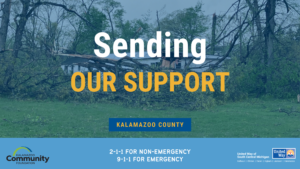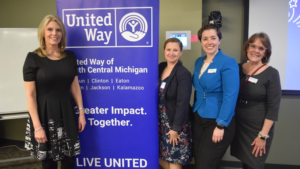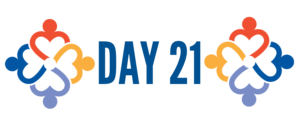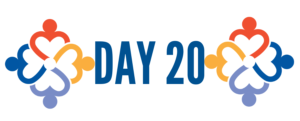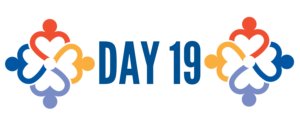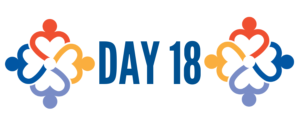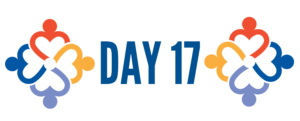It’s a horrible choice that many in our community must make. Some 36% of households in Jackson County are living at or near poverty, according to the most recent ALICE Report. That is 21,345 homes in our community that at some point this year may have to decide between spending what little money they have on medicine for their sick child or to purchase food for their family.

We at United Way of Jackson County believe no one should face such a decision.
The following is an article from the Michigan Chapter of the American Academy of Pediatrics written by President Teresa Holtop, MD, FAAP. Dr. Holtrop discusses the impact of Virtual Children’s Health Access Program (V-CHAP), an evidence based model that improves the quality of medical care health outcomes for children with Medicaid while reducing the cost for care. Successes have been marked in thoughout Michigan, including Jackson County. We share this article with you so you can have a better understanding of how V-CHAP is making an impact.
2-1-1 Helps Address Social Determinants of Health
By Teresa Holtrop, MD, FAAP
More than 22% of Michigan’s 2.2 million children live in poverty, according to the 2016 Kids Count Data Profile. At 492,000 children, that means it is highly likely that both general and subspecialist pediatricians statewide encounter children in need on a daily basis. Stephen Berman, MD, FAAP, former AAP president, noted in the December 2016 issue of Pediatrics that a population’s health is determined only 10% to 20% by health care. Social determinants of health and health behaviors contribute more significantly to the health of an individual than the health care that we provide. How often have you encountered a patient with, say, an ear infection and you do a great job of treating that ear infection, but what the family is really struggling with is the fact that the parents just lost their jobs and now don’t have the money for rent, food, or utilities, and the ear infection is only compounding these other significant family stressors?
These are areas that we, within our practices, typically don’t know a ton about. Do you know what housing resources are available in your community? Do you know where the local food pantries are? Wouldn’t it be great if, instead of trying to treat health issues, we could work more effectively on keeping our patients healthy? Or if the question that we need to answer weren’t “what do patients need to get healthy?” but rather, “what do patients need to BE healthy?”
There is a resource available to all of us in Michigan that can help to address these social determinants of health – the 2-1-1 system. I became aware of this resource primarily through my involvement with our local CHAP (Children’s Healthcare Access Program), which seeks to improve the medical home for practices serving Medicaid children.
2-1-1 is the number to dial if you need information about or referrals to local resources dealing with housing, utilities, food, and more. 2-1-1 exists nationwide, and has evolved in Michigan since 2000. Google “Michigan 211” and you’ll be amazed by what is available. I was pleasantly surprised when I tried to find some food pantries for a family and could get a list of places with their hours and the type of food available, in the appropriate zip code.
Since 2015, the Michigan Association of United Ways (MAUW) has been supporting the two older CHAPs (Kent and Wayne) and has fostered the initiation of CHAPs in six other counties/regions (Ingham, Saginaw, Genesee, Kalamazoo, Macomb, and Northwest region, the latter covering four counties near Charlevoix and Petoskey), through a $5 Million grant from the Michigan Health Endowment Fund. To cover the rest of the state, MAUW, which is intimately tied to Michigan 2-1-1 because the state’s headquarters is co-located there, has been working to provide additional re-sources to all counties via a Virtual CHAP. When a client calls 2-1-1, they now get screened to find out if they have children under 18 in the household, and if these children have health insurance. If they have children, are Medicaid-eligible, or don’t have insurance, the client is referred to a Virtual CHAP staff member who delves further into the healthcare needs of the child and assists the family in identifying needed healthcare resources (including connection to a medical home, and navigating Medicaid health plans). The Upper Peninsula has an enhanced Virtual CHAP, and the Virtual CHAP staffer can sign the consumer up for Medicaid or help with other services in-person.
Next week we hope to share with you detailed information on how V-CHAP is performing in Jackson County.

